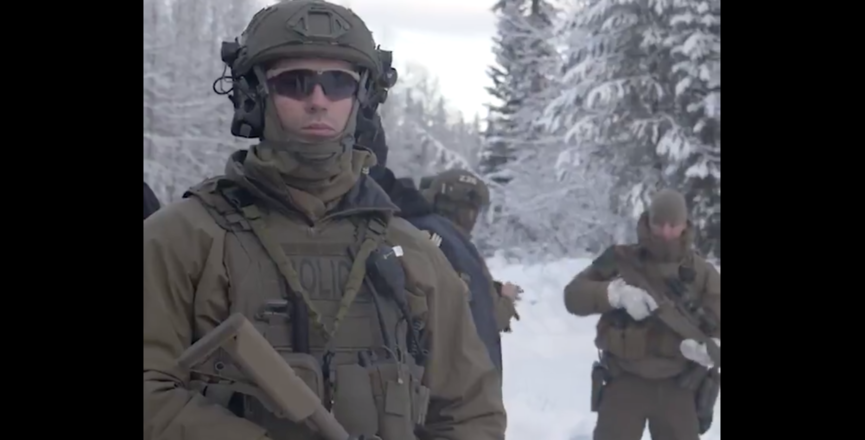It’s a good thing that Prime Minister Justin Trudeau announced on May 1 a ban on 1,500 makes and models of military-grade “assault-style” weapons in Canada.
I also welcome Public Safety Minister Bill Blair’s statement, “The market for assault weapons in Canada is closed.”
And while his statement has already been unfortunately nuanced by the two-year amnesty period gun owners will have to surrender their weapons, and the possibility of weapons being “grandfathered” under the new requirements, there is another serious loophole to this ban.
Sadly, the market to sell Canadian-made assault weapons outside of this country is very much open. Just three weeks ago, on April 9, the Trudeau government announced that it had lifted its ban on the export of weapons to Saudi Arabia.
Those sales in the past have reportedly included the PGW LRT-3 .50 calibre sniper rifles manufactured in Winnipeg. They also include the continued sale of light armoured vehicles (LAVs) equipped with various armaments, including automatic cannons, machine guns, mortars and anti-tank missiles.
In his announcement, Trudeau said, “These weapons were designed for one purpose and one purpose only: to kill the largest amount of people in the shortest amount of time.”
The same must be said about the weapons Canada increasingly exports.
In 2018, Canada sold approximately $2.069 billion of “military goods and technology,” more than double the value of those exports in 2017 ($1.031 billion).
Official numbers exclude weapons sales to the United States, but the government of Canada acknowledges “an estimated half of all Canadian exports are to the U.S.” As such, the truer figure could be closer to $4 billion a year in arms exports.
In April 1967, Martin Luther King, Jr. described the U.S. as “the greatest purveyor of violence in the world today” and noted that “A nation that continues year after year to spend more money on military defense than on programs of social uplift is approaching spiritual death.”
The U.S. has been engaged in a series of wars since then and this past February U.S. President Donald Trump proposed $740.5 billion in spending for the military in 2021, while cutting student loan programs by $6 billion and Medicaid and children’s health programs by $8 billion.
It is also a tragedy that some of the firearms used in at least two mass shootings in this country are believed to have been obtained illegally from the U.S.
We should also not forget that not so long ago, in February this year, RCMP officers were armed with military-grade, assault-style weapons against unarmed Wet’suwet’en land defenders opposed to the building of the Coastal GasLink fracked-gas pipeline on their territories.
The quick implementation of a ban on an assault rifles is welcome. The denunciation of weapons whose sole intention is to kill people is also welcome. But this rationale should also be extended to putting an end to Canada’s growing arms export industry and a prohibition against state violence and the use of assault rifles against unarmed Indigenous land defenders in this country.
Brent Patterson is a writer and political activist.
Image: Unist’ot’en Camp/Video Screenshot/Twitter



